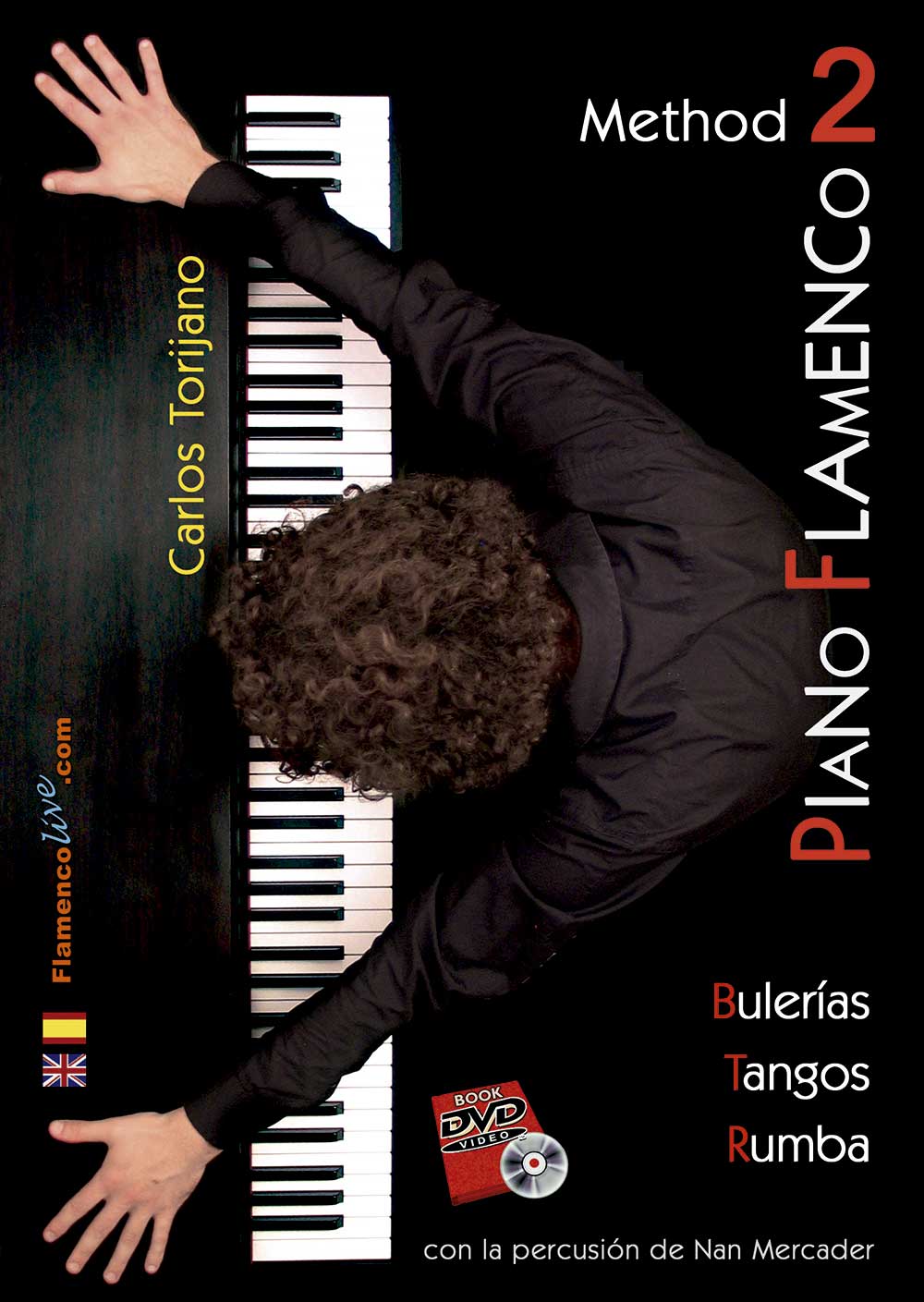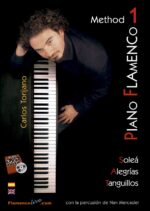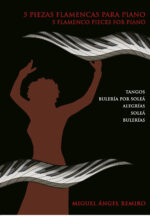Description
English & Spanish
The aim of these two Piano Volumes is to get close to the flamenco to all those pianists who are interested in learning the basics and rhythmical and harmonic structures. Thus the pianist will be able to play in this volume Bulerías, Tangos, Rumba (including Rumba Afro-Cuban variation).
Once learned and understood the different elements that make every palo (style of flamenco song), the pianist will be able to play a specific palo just playing piano and also accompany a cantaor in a basic level.
The format to present the materials is eminently useful, the different advisory elements for every specific palo are treated as independent blocks: Previous explanation, Origin, Harmony, Rhythmic, Tempo, Introduction, Bases or soniquetes, Falsetas, Cierre, A complete theme.
The Soniquetes and Falsetas are conducted gradually in slow and normal motion.The soniquetes are the patterns or rhythmical variations we will use to accompany the cante, giving the cantaor a rhythmical-harmonic solid base to support him while he performs the different tercios (verses) of the theme. The falsetas are the variations where the cantaor gives the replay to the guitarist (the pianist in this case) and where the pianist performs a melody as soloist interlude. After that, the turn goes back to the cantaor again.
Thereby the complete structure of each piece will be the result of the sum of all the substructures which are interconnected to each other, called variations.
In order to have rhythmical and harmonic comprehension of everything played in each part, scores have additional information as:
- – Fingerings: there are other possibilities but these are the most convenient according to the experience.
- – The Harmonic Analysis: in each exercise, there are shown the degrees of the keys that we go through and the corresponding chords in order to make easier the transposing to other keys
- – In the 12 beat styles (palos) (Soleá, Bulerías, and Alegrías) we have placed on top the Compás numbers as well, to know exactly in which part of the rhythmical cycle of the palo we are in each moment.
As an introduction before the study of different palos, there is Flamenco Harmony explanation with a number of previous exercises:
The diatonic or tonal harmonic system, Harmonic modal system, Main chords, Flamenco Harmony exercises, Andalusian cadence exercises: Gregorian modes and corresponding scales to every chord of the cadence
There are several audio options for the pianist to practice: piano + accompaniment (guitar, palmas, metronome, cajón), piano, accompanying.
PURCHASE and DELIVERY of the product in physical format at storemusic-live.com







Reviews
There are no reviews yet.